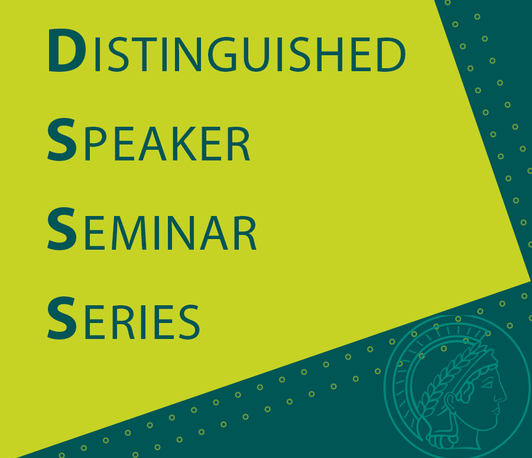DSSS - Enabling discovery by in-cell structural biology
- Datum: 06.10.2023
- Uhrzeit: 15:00 - 16:00
- Vortragende: Julia Mahamid
- Structural and Computational Biology Unit European Molecular Biology Laboratory Heidelberg
- Ort: NO.002, MPI für Intelligente Systeme

Most
structural biology focuses on the structure and function of individual
macromolecular complexes, but falls short of revealing how they come together
to give rise to cellular functions. As a consequence, structural and cell biology have traditionally
been separate disciplines and employed techniques that were well defined within
the realm of either one or the other. Here, cryo-electron tomography
(cryo-ET) provides a unique opportunity for obtaining structural information
across a wide range of spatial scales - from small model organisms, intact cells
and 3D cultures frozen in their close-to-native state to individual
macromolecules embedded in their functional environments. We develop and employ
advanced sample preparation techniques for in-cell cryo-ET, including
cryo-focused ion beam thinning guided by 3D correlative fluorescence
microscopy. Preparations of such site-specific ‘electron-transparent windows’
in appropriate model systems enable assignment of molecular structures directly
from three-dimensional stills of intact cells and reveal their molecular
sociology. Using the genome-reduced and exceptionally small human pathogen Mycoplasma
pneumoniae as a minimal cell model, we further demonstrate the synergistic
application of whole-cell crosslinking mass spectrometry and cellular cryo-ET and
determined an in-cell integrative model of actively transcribing RNA
polymerases coupled to a translating ribosomes. Recent computational
breakthroughs now allow resolving these molecular machines to residue-level
directly inside the cell, reveal small molecule antibiotics bound to their
active site in ribosomes within the intact pathogen, provide snapshots of their
structural dynamics along reaction cycles, illuminate the existence and hint at
functions of previously unknown macromolecular complexes. These cutting-edge methodologies
unlock an enormous potential for system-spanning discovery across a broad range
of biologically complexity enabled by label-free in-cell structural biology.